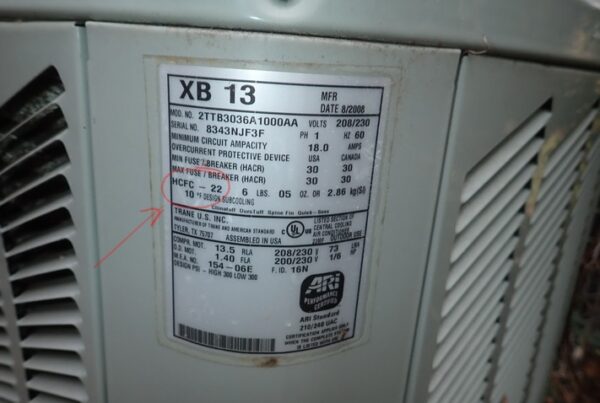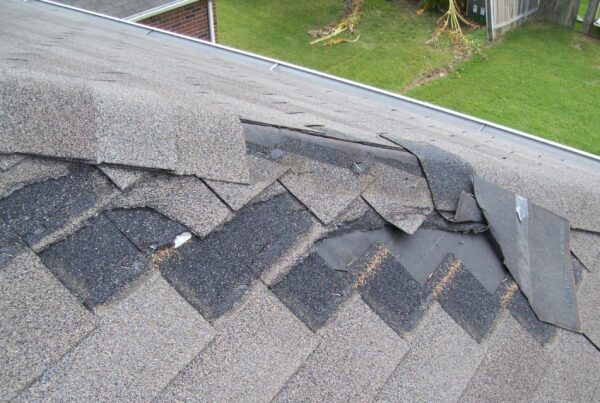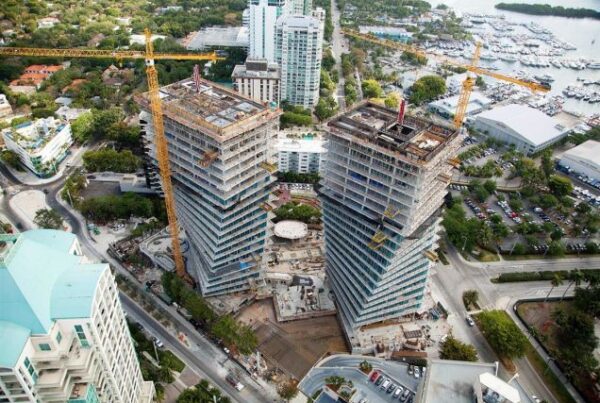The building is completed, punch list items are almost complete, the contractor and developer are anxious to turn over the building and the Association is anxious to take over their new building. A wealth of documentation usually changes hands at this point in a project, whether it is a new project, a major renovation or a conversion. Boxes of books and rolls of drawings get deposited on the property. Apartment to condominium conversions will have drawings as well as a mandated property condition report.
Whether the work occurred recently or in the last few years, take the time to review the documentation that you do have. This information may have been stored away on the property, stored digitally or be located in the Chief Engineer’s office. If you have lots of documentation in a storage room from when the project was completed, it may be time to review and preserve it before this information is essentially lost to you forever. Make an inventory of the documents that you have in your possession.
Typical close out documents may include some or all of the following documents.
- Operation and Maintenance (O&M) manuals
- As built drawings
- Construction drawings
- Shop drawings
- Certificates of Occupancy
- Governmental approval documents
- Project Manual and Specifications
- Test reports
- Warranties and Guaranties
Typical large projects have a series of design drawings used to construct the building. Standard nomenclature uses numbers to identify the drawings with a prefix starting with A as architectural, S as structural, M as mechanical, P as plumbing, E as electrical and C as civil. There may also be other specialized drawings starting with other letter prefixes. As built drawings should be stamped as such. The quality of as built drawings can vary dramatically. As built drawings are supposed to reflect the actual way the building was built. Usually the design drawings with the latest dates and/or the as built drawings are of most value.
Drawings are essential as an aide for the maintenance personnel, outside contractors and consultants when they are diagnosing problems that may arise in the building and its systems. Well kept legible drawings should be preserved and kept in a safe place on the property for ongoing use. Drawings can be digitized as an aide to preserving them. The close out documents are very valuable documents that, if lost or damaged, may never be able to be recovered.
O & M manuals, shop drawings and the project manual/specifications can assist the maintenance personnel, outside contractors and consultants in determining the products that were actually used in the building. This may be essential when you have to replace the equipment, diagnose a problem or contact the manufacturer of the product. The O&M manuals typically follow a standardized numbering format. These documents have the manufacturer’s sheets for almost all of the originally installed equipment.
Many portions of the building have warranties. Major equipment will carry a manufacturer’s warranty. Roofs, glass, windows, doors, special finishes etc. may have long warranties. Some warranties have very strict provisions and notification guidelines that must be followed to keep the warranties in force. Voided warranties can translate into major additional expenditures for the Association.
Governmental approval documents such as certificates of occupancy, fire department inspections, zoning variances etc. should be preserved in case any regulatory issues arise with the building. Test reports, property condition reports and maintenance histories can be crucial in reconstructing the history of the building and developing projections.
We recommend that you preserve these records in a safe place so that they can be used with the current records of the building long into the future. Having these records will translate into dollar savings when they are needed for the project.
*This article had been posted in the Fall 2013 edition of The Examiner.


